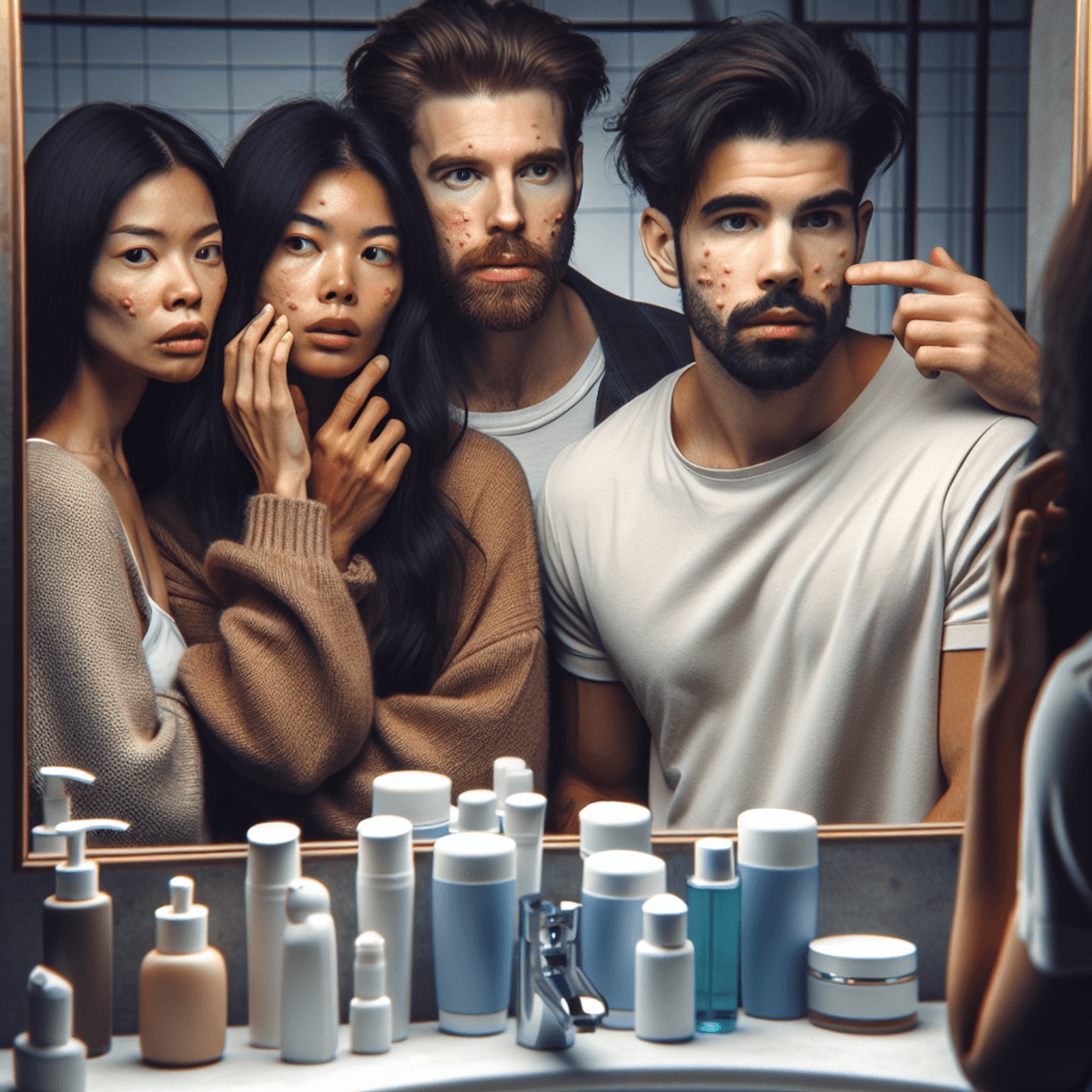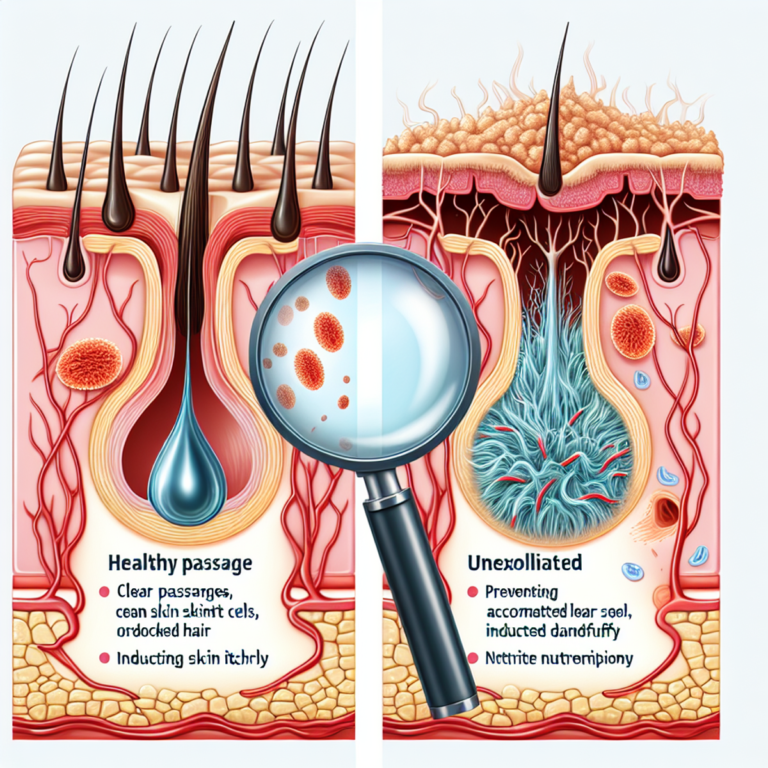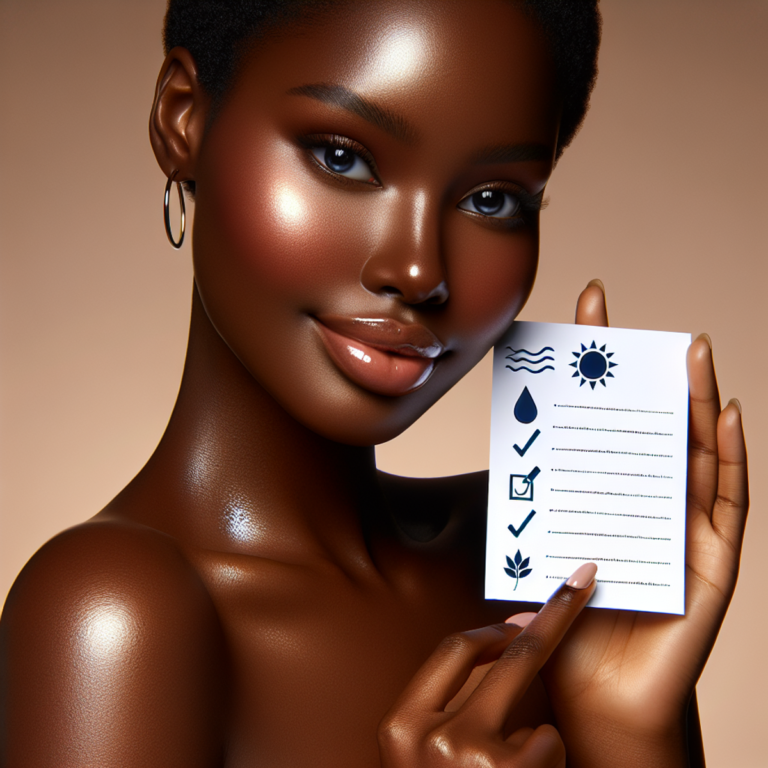How to Get Rid of Pimples on the Face

Understanding Pimples: Causes and Types
Pimples, often referred to as acne, are a common skin condition that many people encounter. These blemishes occur when the pores on your face become clogged with dead skin cells and excess oil, leading to inflammation and sometimes infection.
Common Causes
Several factors can contribute to the appearance of pimples:
- Clogged Pores: Dead skin cells and sebum (oil) can block hair follicles, creating an environment where bacteria thrive.
- Hormonal Changes: Events such as puberty, pregnancy, or menopause can cause hormonal fluctuations that increase oil production.
- Skin Bacteria: The presence of Propionibacterium acnes can exacerbate the development of pimples by causing inflammation.
Different Types of Pimples
Understanding the various types of pimples helps in choosing the right treatment method:
- Blackheads: These are open comedones where the clog is exposed to air, turning it black.
- Whiteheads: Closed comedones where the clog remains under the skin’s surface, appearing as small white bumps.
- Pustules: Inflamed pimples filled with pus, usually red at the base.
- Cysts: Large, painful lumps beneath the skin filled with pus. These are severe forms of acne that often require professional treatment.
When tackling how to get rid of pimples on the face, knowing these causes and types will guide you in selecting effective treatments.
Effective Topical Treatments for Pimples
When it comes to getting rid of pimples, topical treatments are often the first choice. These treatments can include both store-bought products and natural options, each with its own advantages and ways of working.
Benzoyl Peroxide: Benefits and Usage
Benzoyl peroxide is a common ingredient in many acne treatments. It works well because it can kill the bacteria that cause acne and reduce swelling. You can find it in strengths from 2.5% to 10%, and here’s how it helps:
- Killing Bacteria: Targets Propionibacterium acnes, the bacteria behind most acne breakouts.
- Reducing Inflammation: Lessens redness and swelling linked to pimples.
- Exfoliating Skin: Gets rid of dead skin cells, stopping pores from getting clogged.
To use it effectively:
- Put a thin layer on clean, dry skin once or twice a day.
- Begin with a lower strength to see how your skin reacts.
- Wear sunscreen during the day as benzoyl peroxide can make you more sensitive to the sun.
Salicylic Acid: How It Works for Unclogging Pores
Another popular ingredient in acne treatments is salicylic acid, a type of acid that goes deep into pores and offers several benefits:
- Unclogging Pores: Breaks down dead skin cells that block pores, preventing new pimples.
- Exfoliating Surface Skin: Helps remove dead skin cells on top, revealing fresher skin underneath.
- Anti-inflammatory Properties: Reduces swelling and redness.
To use salicylic acid effectively:
- Look for products with concentrations between 0.5% and 2%.
- Apply after cleansing but before moisturizing.
- Consistent use is key; apply once daily initially, then increase to twice daily if tolerated well.
Tea Tree Oil as a Natural Alternative
If you’re looking for a natural way to get rid of pimples for good, tea tree oil is a great option. It’s made from the leaves of the Melaleuca alternifolia plant and is known for its ability to fight bacteria:
- Antimicrobial Action: Kills acne-causing bacteria effectively without using harsh chemicals.
- Anti-inflammatory Effects: Reduces redness and swelling like benzoyl peroxide but may cause less irritation.
Here’s how to use tea tree oil:
- Mix it with a carrier oil (such as coconut or jojoba oil) at a ratio of 1 part tea tree oil to 9 parts carrier oil.
- Use a cotton swab to apply the diluted mixture directly onto pimples once or twice daily.
Each of these topical treatments has its own benefits suited for different skin types and levels of acne severity. Knowing how they work can help you pick the best method for quickly getting rid of pimples or creating a long-term skincare routine focused on keeping your skin clear.
Home Remedies to Naturally Get Rid of Pimples
Home remedies offer an accessible and cost-effective way to tackle pimples. Natural treatments can be quite effective in reducing acne symptoms and improving skin health without the harsh side effects often associated with synthetic products.
Apple Cider Vinegar: Preparation and Application Methods
Apple cider vinegar is known for its ability to kill bacteria, making it a popular choice for treating acne. To use it:
- Dilution: Mix one part apple cider vinegar with three parts water to prevent skin irritation.
- Application: Use a cotton ball to apply the mixture to the affected area. Leave it on for 5-20 seconds before rinsing off with water.
- Frequency: Apply once or twice daily for optimal results.
Zinc Supplements: Their Role in Reducing Inflammation
Zinc is a mineral known for its anti-inflammatory properties. It plays a crucial role in reducing skin inflammation and preventing acne breakouts. You can take zinc supplements orally:
- Dosage: Typically, 30-45 mg per day is recommended.
- Effectiveness: Regular intake can lead to noticeable improvements in inflamed blemishes and reduce the severity of acne.
Honey and Cinnamon Mask Benefits
A honey and cinnamon mask combines the antibacterial properties of honey with the anti-inflammatory benefits of cinnamon. This natural remedy helps fight acne-causing bacteria while soothing the skin.
- Ingredients:
- 2 tablespoons of honey
- 1 teaspoon of cinnamon
- Preparation: Mix the ingredients into a smooth paste.
- Application: Apply the mask to your face and leave it on for 10-15 minutes before rinsing off with warm water.
- Benefits: Regular use can help reduce pimples, redness, and even facial dark spots.
Green Tea for Sebum Reduction
Green tea is rich in antioxidants that can help reduce sebum production, one of the primary causes of acne.
Topical Application
- Brew green tea and allow it to cool.
- Use a cotton ball to apply it directly to your skin or pour it into a spray bottle for easy application.
Benefits
- Regular application can help decrease oiliness, reduce tiny bumps on the face, and prevent future breakouts.
By incorporating these home remedies into your skincare routine, you may find effective ways to address how to get rid of small bumps, tiny bumps, or little bumps on your face naturally. These methods are also beneficial for those wondering how to get rid of facial dark spots or breakouts without resorting to stronger chemical treatments.
Physical Methods for Temporary Relief from Pimples
You can use various physical methods to temporarily relieve pimples. Two of the most effective techniques are ice application and heat application.
Ice Application
Ice application is a popular method for reducing swelling and redness associated with pimples. By constricting blood vessels, ice helps to minimize inflammation and temporarily shrink the pimple’s size. Here’s how you can use ice to get rid of pimples on the face:
- Wrap a few ice cubes in a clean cloth: Direct contact with ice can damage your skin, so always use a cloth or paper towel as a barrier.
- Place the wrapped ice on the pimple: Apply gentle pressure for about 1-2 minutes.
- Repeat several times a day: For best results, repeat this process 3-4 times daily.
Using ice can provide quick relief, especially before important events or social gatherings.
Heat Application
Heat application offers soothing effects for pimples but comes with limitations. Applying heat can help open up pores, allowing trapped bacteria and sebum to surface. This may facilitate faster healing, especially for pimples that are not inflamed yet. Follow these steps:
- Use a warm compress: Soak a clean cloth in warm (not hot) water.
- Apply to the affected area: Gently press the warm compress against the pimple for about 10-15 minutes.
- Repeat as needed: You can do this 1-2 times daily.
While heat application may provide some comfort and aid in draining non-inflamed pimples, it is not as effective at reducing swelling and redness as ice.
Both methods offer temporary relief but should be part of a broader acne management strategy.
Professional Treatments for Severe Acne Cases
Sometimes, over-the-counter treatments and home remedies might not be enough. In such cases, professional treatments become essential.
When to Seek Professional Help for Acne
You should consider consulting a dermatologist if:
- Over-the-counter treatments fail to show results after several weeks.
- You experience severe acne, characterized by large cysts or nodules.
- Acne is causing significant emotional distress or self-esteem issues.
- There are signs of potential scarring.
Dermatologists have access to advanced treatments that can address severe acne more effectively than standard treatments.
Cortisone Injections: How They Work and Benefits
Cortisone injections are one of the most effective professional treatments for severe acne. These injections:
- Reduce inflammation: Cortisone is a powerful anti-inflammatory medication that can significantly decrease swelling and redness within 24 to 48 hours.
- Minimize pain: By reducing inflammation, cortisone injections help alleviate the pain associated with cystic acne.
- Prevent scarring: Quick reduction in inflammation and lesion size minimizes the risk of permanent scarring.
A dermatologist administers cortisone injections directly into the affected area. The process is relatively quick and typically done in an office visit. While highly effective, these injections are usually reserved for particularly stubborn or painful lesions due to potential side effects like skin thinning or lightening at the injection site.
Seeking professional help ensures you receive a tailored treatment plan that addresses your specific skin needs. Dermatologists can also recommend other advanced therapies such as laser treatments, chemical peels, or prescription medications, offering a comprehensive approach to severe acne management.
By understanding when professional intervention is necessary and how treatments like cortisone injections work, you can make informed decisions about managing severe acne effectively.
Preventive Measures to Avoid Future Breakouts
Preventing future breakouts is crucial for maintaining clear skin. Establishing a proper skincare routine is the cornerstone of acne prevention. Here’s how you can build a regimen that minimizes the risk of new pimples:
Establishing a Proper Skincare Routine
1. Gentle Cleansing
- Use a mild, non-comedogenic cleanser twice daily.
- Avoid scrubbing your face harshly; instead, use gentle circular motions.
- Look for cleansers with ingredients like salicylic acid or benzoyl peroxide if you’re prone to acne.
2. Moisturizing Techniques
- Choose an oil-free, non-comedogenic moisturizer to keep your skin hydrated without causing breakouts.
- Apply moisturizer immediately after cleansing to lock in moisture.
- Consider using a product with hyaluronic acid or glycerin for additional hydration benefits.
3. Avoiding Harsh Astringents
- Steer clear of home remedies like toothpaste or hydrogen peroxide, which can irritate and worsen acne.
- Opt for alcohol-free toners and astringents to prevent excessive dryness and irritation.
Additional Preventive Measures
- Sunscreen Use: Protect your skin from UV damage by using a broad-spectrum sunscreen with at least SPF 30. Non-comedogenic formulas are best to avoid clogging pores.
- Consistent Routine: Stick to your skincare routine consistently. Drastic changes or stopping treatments abruptly can lead to new breakouts.
- Product Selection: Be mindful of the products you use on your face. Always check labels for non-comedogenic and oil-free options.
Lifestyle Adjustments
- Change Pillowcases Frequently: Oils and bacteria can accumulate on pillowcases, potentially leading to breakouts. Changing them at least once a week can help reduce this risk.
- Avoid Touching Your Face: Your hands come into contact with many surfaces throughout the day, picking up dirt and bacteria that can transfer to your face.
- Keep Hair Clean and Away from Face: Hair products and natural oils from hair can clog pores, so keeping hair clean and away from the face is beneficial.
Implementing these preventive measures in your daily routine will not only help you avoid future breakouts but also promote overall skin health.
Dietary Considerations for Acne Management
Diet plays a significant role in the severity and frequency of pimples on the face. Understanding and managing your dietary habits can be a powerful tool in your acne treatment arsenal.
How Diet Affects Acne
What you eat directly affects hormone levels, inflammation, and oil production, all of which contribute to acne formation. Foods high in sugars and refined carbohydrates can spike blood sugar levels, leading to increased insulin production. This process stimulates oil glands and contributes to clogged pores.
Eating Low Glycemic Foods for Better Insulin Control
A low glycemic diet focuses on foods that have a minimal impact on blood sugar levels. Consuming low glycemic index (GI) foods like whole grains, vegetables, and legumes can help regulate insulin levels:
- Whole grains: Brown rice, quinoa
- Vegetables: Leafy greens, carrots
- Legumes: Lentils, chickpeas
Studies show that lower insulin levels reduce sebum production, which can help minimize acne outbreaks.
Cutting Down on Dairy Products
Dairy products have been linked to increased acne severity due to hormones present in milk.
- Milk: Contains growth hormones that may exacerbate acne.
- Cheese and yogurt: Similar effects due to their dairy content.
Consider reducing or eliminating dairy from your diet if you notice it aggravates your skin condition. Plant-based milk alternatives such as almond or oat milk can be excellent substitutes.
By making conscious dietary adjustments, you can target one of the root causes of pimples on the face, leading to clearer skin over time.
Lifestyle Changes to Improve Skin Health
Making specific lifestyle changes can greatly improve your skin health and reduce the occurrence of pimples. Two important areas to focus on are regular exercise and managing stress.
How Regular Exercise Helps with Hormone Balance
Regular exercise has many benefits for your skin, mainly through balancing hormones. Physical activity helps to:
- Balance hormones: Exercise can help stabilize hormone levels that affect oil production, which is often linked to acne breakouts.
- Improve circulation: Better blood flow brings more oxygen and nutrients to skin cells, promoting overall skin health.
- Reduce inflammation: Physical activity lowers inflammation markers in the body, which can help decrease acne flare-ups.
For best results, aim for at least 30 minutes of moderate exercise most days of the week. Activities like brisk walking, cycling, or yoga not only benefit your skin but also contribute to overall well-being.
Stress Management Techniques That May Help with Acne
Stress is a known trigger for acne. Managing stress effectively can lessen its impact on your skin. Consider incorporating these techniques:
- Mindfulness meditation: Practicing mindfulness helps reduce stress hormones like cortisol, which can worsen acne.
- Deep breathing exercises: Techniques such as diaphragmatic breathing can quickly lower stress levels.
- Regular sleep schedule: Quality sleep is crucial for maintaining hormonal balance and allowing skin to repair itself.
- Hobbies and leisure activities: Doing activities you enjoy can be a great way to relax and lower stress levels.
By making these lifestyle changes part of your daily routine, you create a foundation for healthier skin. Regular exercise combined with effective stress management techniques forms a powerful duo in fighting acne from within.
A balanced approach that includes both physical activity and mental well-being provides a comprehensive strategy for improving your skin health naturally.
Conclusion: Finding the Right Approach to Clear Skin
Achieving clear skin often requires a personalized treatment plan. Each person’s skin reacts differently to treatments, so it’s important to customize methods based on individual needs and skin types.
Personalized Treatment Plans:
- Identify your skin type: Oily, dry, combination, or sensitive.
- Assess triggers: Hormonal changes, diet, stress levels.
- Select appropriate treatments: Topical solutions, home remedies, or professional interventions.
When over-the-counter options and home remedies don’t seem to work or if you experience severe acne, it’s crucial to consult a dermatologist. Dermatologists can provide tailored solutions that might include prescription medications, specialized skincare routines, or advanced procedures like cortisone injections.
Understanding how to get rid of pimples on the face involves a combination of effective treatments and preventive measures. By considering individualized factors and seeking professional guidance when necessary, you can achieve clearer skin and maintain it in the long term.
FAQs (Frequently Asked Questions)
What are the common causes of pimples?
Common causes of pimples include clogged pores, hormonal changes, and skin bacteria. These factors can lead to the development of various types of acne.
What topical treatments are effective for treating pimples?
Effective topical treatments for pimples include benzoyl peroxide, salicylic acid, and tea tree oil. Benzoyl peroxide helps kill bacteria and reduce inflammation, while salicylic acid works to unclog pores.
Can home remedies help in getting rid of pimples?
Yes, home remedies can be effective for acne treatment. Options like apple cider vinegar, zinc supplements, honey and cinnamon masks, and green tea have shown benefits in reducing breakouts and inflammation.
What professional treatments are available for severe acne cases?
For severe acne cases, professional treatments such as cortisone injections may be recommended. It’s important to seek help from a dermatologist when over-the-counter options do not provide relief.
How can diet impact acne severity?
Diet can significantly impact acne severity. Following a low glycemic diet and reducing dairy intake are strategies that may help manage acne by regulating insulin levels and decreasing inflammation.
What lifestyle adjustments can improve skin health?
Lifestyle adjustments such as regular exercise and stress reduction techniques can improve skin health. Exercise helps regulate hormones that contribute to acne, while managing stress can reduce flare-ups.










